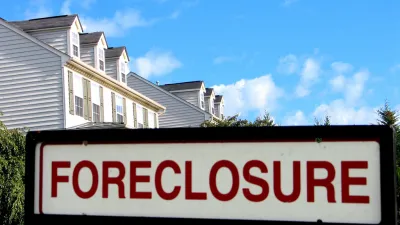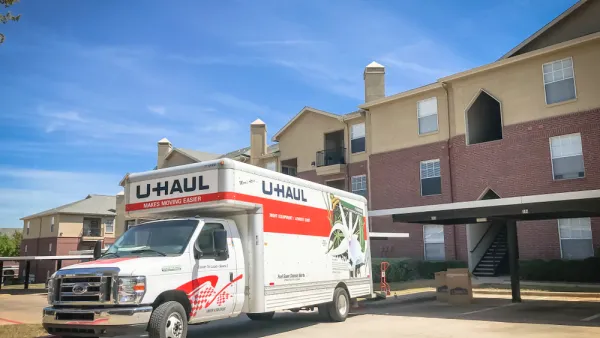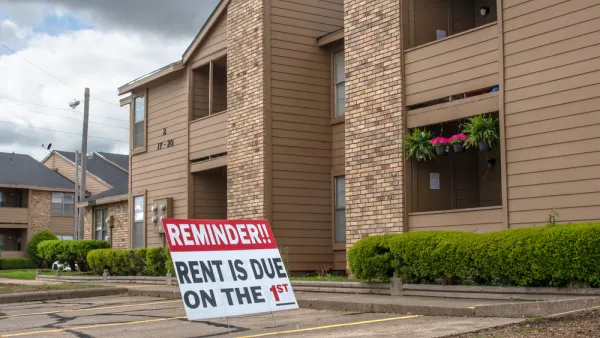Here’s what the federal government should do to grab the opportunity to create affordable housing.

Evidence of tremendous strain on tens of millions of renters across America continues to mount. Among renters in so-called Class C properties—rental properties that cater to lower-wage workers and families hit particularly hard by the pandemic—the percentage paying in full has dropped off from 46 percent to 24 percent since April, with only 12 percent of such renters paying in full on the first of October.
By now, the $1,200 stimulus checks have long since been spent. Although over 30 million Americans may be currently out of work, the $600/week extra unemployment payments ended, and Republicans in Congress oppose reinstating that benefit. Federal eviction protections (other than a recent limited public health order), and most state moratoriums, expired in late July. As a result, predictions range from 28 million to 40 million tenants at risk of evictions in the coming months, which is about 25 percent of America’s renter population. Displacement on that scale would vastly dwarf the roughly 3 million foreclosures of 2009 when the country plunged into a deep recession.
The best governmental responses to this impending disaster would be extending income benefits to unemployed Americans, providing special rental subsidies to protect tenants and support landlords, and continuing eviction and foreclosure relief.
While some states and localities are stepping up to meet the need, this support will fall vastly short of the estimated $100 billion needed. And when tenants can’t pay rent, landlords can’t pay mortgages, local taxes, or the operating expenses that allow homes to be well maintained and habitable.
This means, without federal action, there likely will be a huge wave of real estate defaults, workouts, distressed sales, and foreclosures. It does not take a crystal ball to see an impending real estate downturn.
Private Capital Is Waiting
History has taught time and again, such as during the Savings & Loan crisis of the late 1980s and the Great Recession’s foreclosure crisis of the late 2000s, that private actors stand poised to deploy capital to leverage buying opportunities when properties pass through public hands. Far too often, public agencies fail to take the long view of assets they control, or consider prioritizing public needs when developing disposition plans. Public purpose and broad mission carry little sway against the pressure to minimize current losses and reduce property inventory counts. Yet a short-term focus fails to serve the larger goal, and likely leaves society worse off in the long run.
In the current moment, we must ...
FULL STORY: Real Estate Defaults Are Coming. Don’t Waste Them.

Analysis: Cybertruck Fatality Rate Far Exceeds That of Ford Pinto
The Tesla Cybertruck was recalled seven times last year.

National Parks Layoffs Will Cause Communities to Lose Billions
Thousands of essential park workers were laid off this week, just before the busy spring break season.

Retro-silient?: America’s First “Eco-burb,” The Woodlands Turns 50
A master-planned community north of Houston offers lessons on green infrastructure and resilient design, but falls short of its founder’s lofty affordability and walkability goals.

Test News Post 1
This is a summary

Analysis: Cybertruck Fatality Rate Far Exceeds That of Ford Pinto
The Tesla Cybertruck was recalled seven times last year.

Test News Headline 46
Test for the image on the front page.
Urban Design for Planners 1: Software Tools
This six-course series explores essential urban design concepts using open source software and equips planners with the tools they need to participate fully in the urban design process.
Planning for Universal Design
Learn the tools for implementing Universal Design in planning regulations.
EMC Planning Group, Inc.
Planetizen
Planetizen
Mpact (formerly Rail~Volution)
Great Falls Development Authority, Inc.
HUDs Office of Policy Development and Research
NYU Wagner Graduate School of Public Service




























